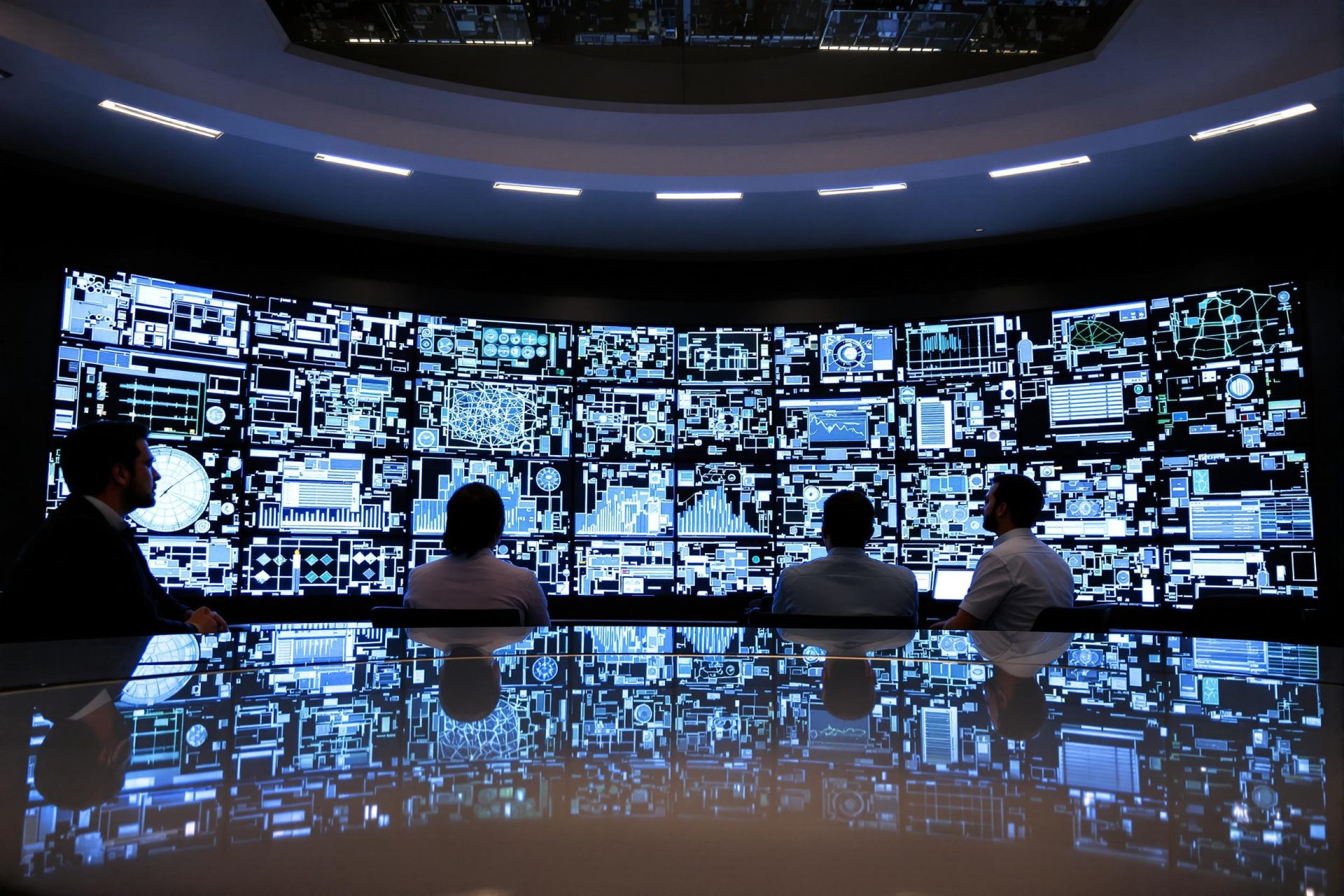Key Takeaways
- NFL schedule creation has evolved dramatically from manual methods in the 1960s to a sophisticated process driven by artificial intelligence.
- Today, thousands of computers analyze a mind-boggling number of possibilities—over a quadrillion—to generate potential schedules.
- The goal is to craft a 272-game lineup that balances team requests, broadcast partner needs, competitive fairness, travel considerations, and marquee matchups.
- While AI and powerful computers do the heavy lifting, a human committee makes the final decision from a narrowed-down list of options.
- This tech-driven approach to scheduling is common across major sports leagues, reflecting a broader shift in how sports operations are managed.
Back in the early 1960s, putting together the NFL schedule was a hands-on affair. Dan Rooney of the Pittsburgh Steelers famously used dominoes to map out matchups for the league’s 14 teams, finalizing it with the commissioner.
Fast forward to today, and the scene is vastly different. The recently unveiled NFL schedule wasn’t born from dominoes but from a complex, 272-piece puzzle crunched by a network of computers, increasingly guided by artificial intelligence.
This technological leap has the league aiming for what once seemed impossible: a schedule that tries to satisfy every team, broadcaster, and fan. It’s a far cry from even a quarter-century ago when computers only helped finish a largely human-driven process.
The scale of this operation is immense. For the latest schedule, more than 4,000 computers explored an estimated quadrillion possibilities. That’s a one followed by 15 zeros! These machines produced over 150,000 viable schedule versions for officials to consider.
AI is reshaping sports, and schedule creation is a prime example. Leagues now strive for competitive balance, protected rivalries, and minimized travel, all while catering to various media partners.
Scheduling has seen a few major shifts. Half a century ago, it was all manual, with tools like corkboards and pushpins. Major League Baseball even relied on one man, Harry Simmons, for decades, followed by a husband-and-wife team.
Eventually, computers entered the picture, but early tech had its limits. A celebrated mathematician noted in the 1980s that even the fastest computers would need thousands of years to examine every single possibility.
By the turn of the century, computers became better at optimizing. Leagues set rules—like no NFL team playing a road game right after a Monday night away game—and software generated thousands of options, far more than humans could.
In the last decade, AI and machine learning have taken it further. These systems don’t just follow rules; they learn what an ideal schedule looks like, making adjustments and evolving with each attempt.
The NFL, for instance, has over 20,000 rules for its scheduling model. Instead of many separate rules for road trips, computers now learn to assign a “goodness” score to an entire trip.
The number of factors to consider has never been higher. There are multiple broadcast and streaming partners, travel limits set by player agreements, venue availability, and a wide array of game days including Saturdays, Sundays, Mondays, Thursdays, Thanksgiving, Black Friday, Christmas, and New Year’s. This season also features seven international games.
Each potential schedule gets a score. It’s penalized for breaking rules or offering less-than-ideal solutions. The computers then try to improve on the best score with each new iteration.
When the NFL and AFL merged in 1970, Dan Rooney found dominoes insufficient for 26 teams and switched to using letters of the alphabet. Today, while a seven-person committee from the NFL’s broadcasting department still oversees the process, computers handle the bulk of the work.
Howard Katz, an NFL executive who has been involved in scheduling since 1996, remembers when there were just three computers in the room. Now, thanks to a partnership with Amazon Web Services, the league taps into over 4,000 computers globally, all contributing to the quest for that elusive perfect schedule, as The Washington Post details.
Out of the 150,000 computer-generated schedules produced over three and a half months, NFL officials closely studied about 500. This was further narrowed down to 200 for intense scrutiny before Commissioner Roger Goodell gave the final approval recently.
Other leagues, like Major League Baseball, also employ sophisticated, largely in-house systems, sometimes with support from specialized firms. MLB not only schedules its 2,430 regular-season games but also for minor leagues and spring training, a process starting each January.
Both the NFL and MLB utilize predictive analytics firms to help pinpoint marquee games likely to draw large audiences. These firms use AI to process vast amounts of data, including travel figures and jersey sales, to forecast TV ratings with high accuracy.
This technology can also challenge old assumptions. For example, pitting powerhouse teams like the Chiefs against the Dallas Cowboys on Thanksgiving might not have been an obvious choice in the past, but data can reveal its potential.
Yet, one thing remains constant from the era of dominoes to the age of AI: there’s no such thing as a universally perfect schedule. Some complaints are always expected, no matter how sophisticated the tools become.



